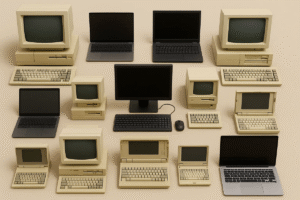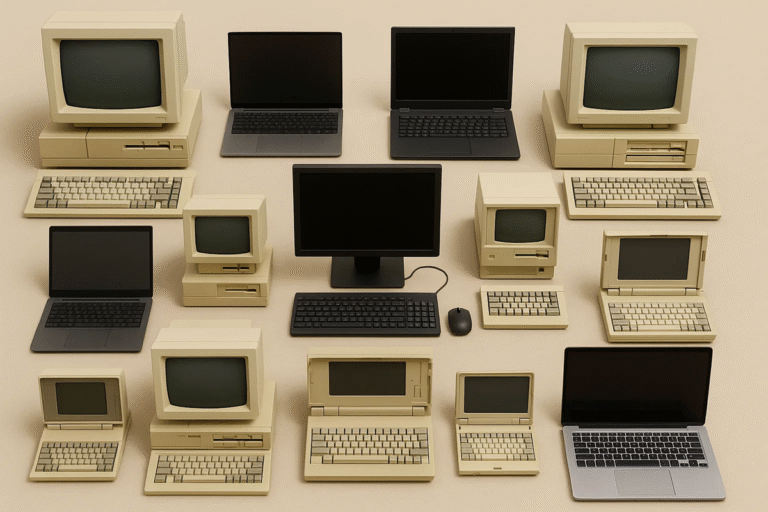“Tokenomics” is a blend of two words: “token” and “economics.” It’s not just a buzzword. Think of it as the backbone when researching a crypto project. Yes, there’s the white paper, the team behind it, the roadmap, and how the community grows.
But tokenomics? That stands out. It hints at a project’s future. For a crypto project to thrive, its tokenomics must be solid. It’s the blueprint for long-term success.
Table of Contents
Tokenomics at a glance
Tokenomics is the rulebook for tokens in the blockchain world. Think of it like this: Just as banks control money by setting rules on spending and saving, blockchain projects use tokenomics. They set rules on how their tokens behave. And the neat thing? It’s all about encouraging or stopping certain actions by users. Now, don’t get confused with the word “token.” It can mean both coins and tokens.
Here’s a golden example: Bitcoin. Bitcoin has a set limit – 21 million coins. These coins come into the world through mining. How? Miners get a gift of bitcoins every time they mine a block, roughly every 10 minutes.
This reward? It’s smart. It halves every 210,000 blocks. That means about every four years, it shrinks. Since Bitcoin started in 2009, this reward has been cut down three times. From 50 BTC, it went to 25, then 12.5, and now, it’s at 6.25 BTC.
Do the math for 2022. If you calculate the blocks mined in a year, it’s around 328,500 bitcoins. And with the system in place, we can even guess that the last Bitcoin will be mined in 2140.
But there’s more to Bitcoin’s tokenomics. Transaction fees. Miners get these fees when they validate a new block. As more people use Bitcoin or when the network gets busy, this fee goes up. It’s a smart move to stop unnecessary transactions. And as the mining reward goes down, this fee ensures miners still have a reason to validate transactions.
Key elements of tokenomics
Tokenomics is a bit like the DNA of cryptocurrencies. It’s all about the design and rules set by those who create the crypto. When diving into tokenomics, here are some crucial parts to understand:
Token supply
The very first thing many look at is the token’s supply. Just like with any item you want to buy, a crypto’s price is influenced by demand and supply. Some cryptos, like Bitcoin, have put a cap on their numbers, saying there will only ever be 21 million. Litecoin has its eyes set at 84 million, while BNB has gone for 200 million. But not every crypto believes in limits. Ethereum’s ether, for example, increases every year.
Coins such as USDT, USDC, and BUSD grow based on the reserves they have. Remember Dogecoin and Polkadot? They have no caps, either. Another interesting factor is the circulating supply. It tells you how many tokens are out there right now.
They could have been created or even destroyed. Sometimes, they’re just locked away. This number is vital because it can influence the price of the token.
Token utility
Then, there’s the question of what you can do with the token. What’s its purpose? BNB isn’t just another token; it powers the BNB Chain. It helps with fees, and if you’re lucky, you might get some discounts using it. You can also stake it in the BNB ecosystem and earn more. But the world of tokens is vast.
Some, known as governance tokens, let you have a say in their future. There are stablecoins, designed to mimic regular money. And then there are the flashy security tokens. They can be equivalent to owning a piece of a company. If you got one during an ICO, you might even get a part of that company’s profits.
Analyzing token distribution
When researching tokens, it’s not just about numbers. It’s about understanding the story behind those numbers. How tokens are spread out can say a lot. If large companies hold most of a token, their moves can majorly sway its price. On the flip side, if many individual investors hold a token, it paints a different picture.
Now, there’s also the way these tokens enter the scene. Some, like BTC and Dogecoin, had what’s known as a fair launch. From the get-go, everyone had a shot. But others, like Ethereum and BNB, gave some people early access. They allowed a portion of the tokens to be taken before the public could reach them. This is called pre-mining.
It’s essential to keep an eye on how spread out a token is. If a handful of big players control a lot, things can get shaky. But if the people who created the token and long-term believers hold a good chunk, it can mean they’re in it for the long haul. And don’t forget to look at when more tokens might come out. A sudden surge can affect its price.
Examining token burns
Token burning might sound strange, but it’s pretty straightforward. Some crypto projects will permanently remove tokens from the game. And this isn’t just a random act; it has a purpose.
BNB is a classic example. They started their journey with 200 million tokens. But as of June 2022, only 165,116,760 remained. Their aim is to keep burning until they get down to just 100 million. Ethereum has joined the burning bandwagon, too, starting in 2021.
So, why does this matter? When you reduce the number of tokens available, you’re making them scarcer. In the world of finance, this move is considered deflationary. But if the number keeps going up, that’s inflationary. Understanding this can give you an idea of a token’s future value.
Incentive mechanisms
The heart of any token lies in its incentive mechanism. It’s the push and pull that keeps everything moving. Just think about Bitcoin. The way it’s set up its block rewards and transaction costs is pure brilliance.
Then there’s the Proof of Stake mechanism, which is gaining more fans by the day. Here’s how it works: participants lock in their tokens. They’re saying, “I’m committed.” This lets them help validate transactions. More tokens locked in? Bigger chance of being chosen as the big validator. But there’s a catch. If they try anything sneaky, their own tokens could take a hit. It’s a smart way to keep everyone honest.
And let’s not forget the rise of DeFi projects. They’re using clever incentive tricks to grow fast. Take Compound, for instance. Deposit your cryptos, watch them grow with interest, and get COMP tokens as a cherry on top. Those COMP tokens? They’re not just for show. They give you a say in how Compound works. This design cleverly ropes everyone’s interests together.
What’s next for tokenomics
Since 2009, when Bitcoin introduced the first block, tokenomics has been on a wild journey. It’s seen high peaks of success and deep valleys of failure. Through it all, Bitcoin’s model has held strong. Others? Not so lucky.
Now, the crypto world is buzzing about Non-fungible tokens (NFTs). They’re offering a fresh take on tokenomics. It’s all about making the digital world scarce and unique. And the future? It might be filled with tokens that look like our everyday assets. Imagine tokenized houses or paintings. That’s a new twist on tokenomics waiting around the corner.
Read also: NFTs trends, 10 top brands that joined the NFT space












